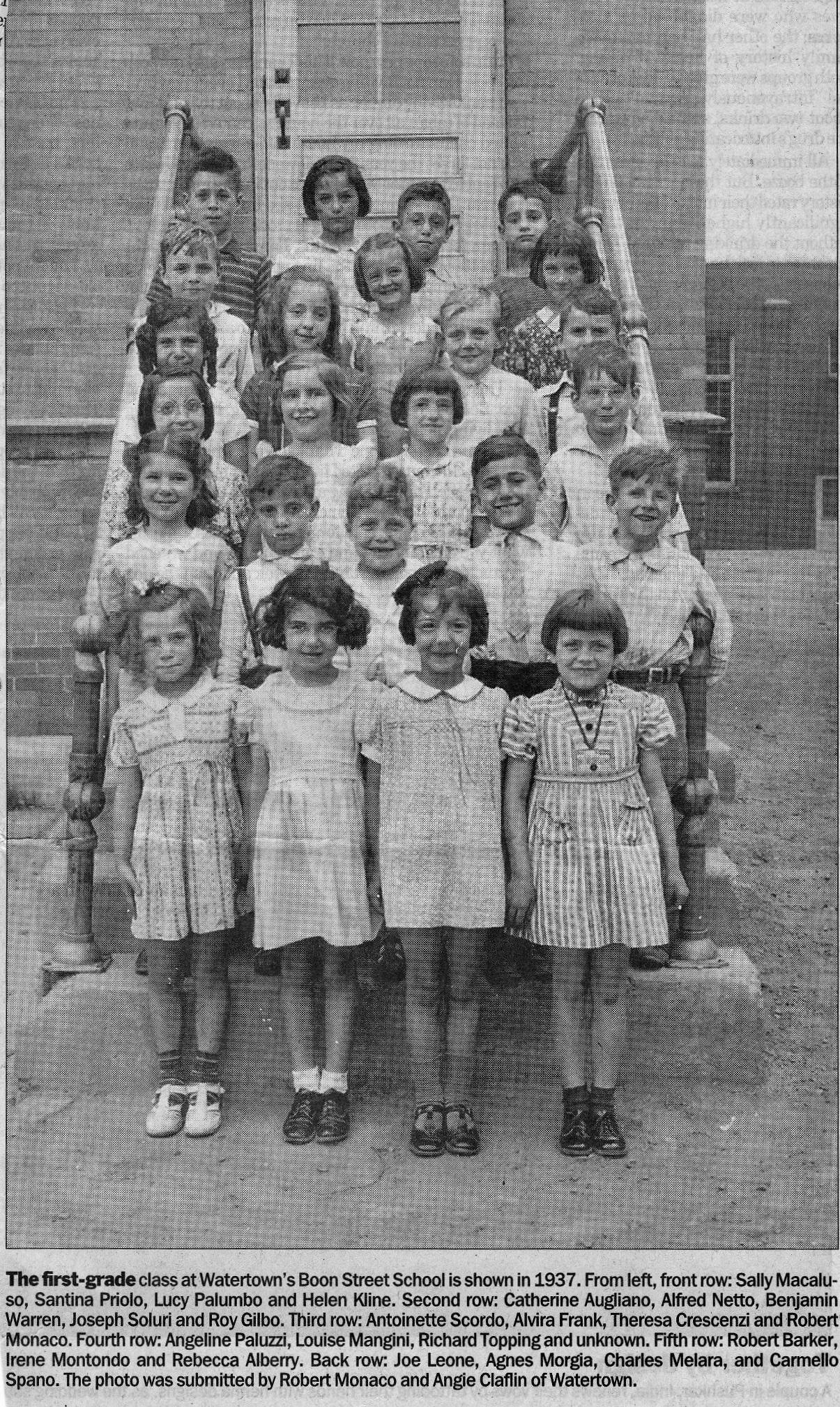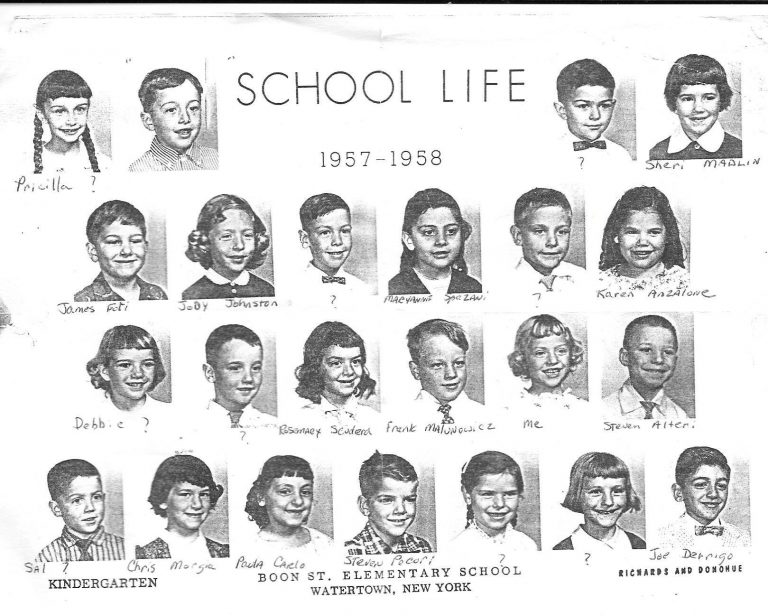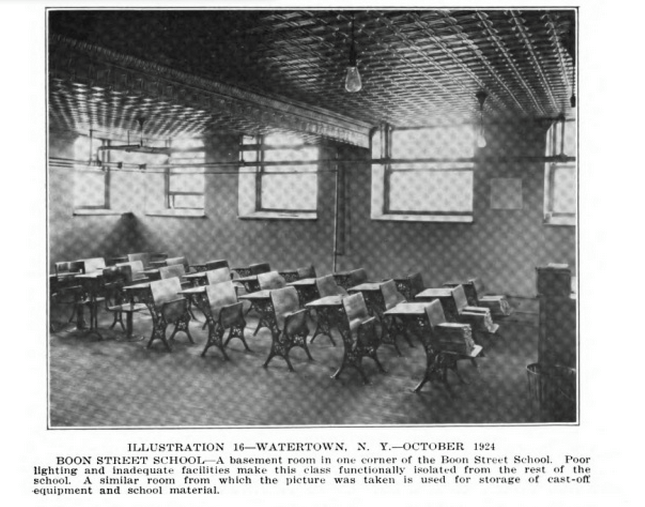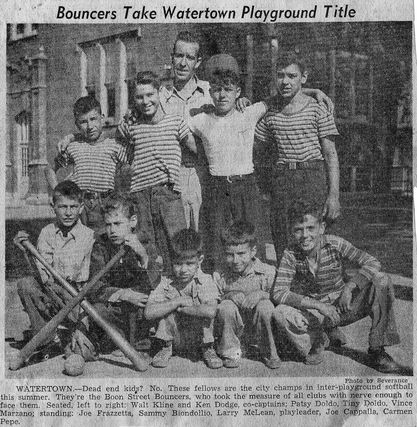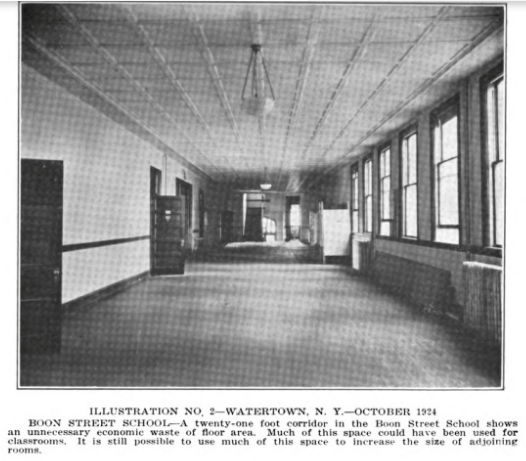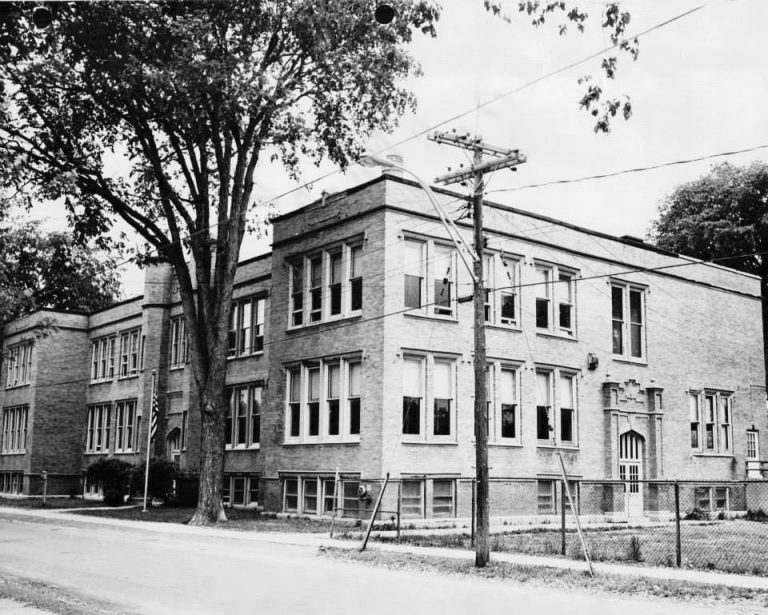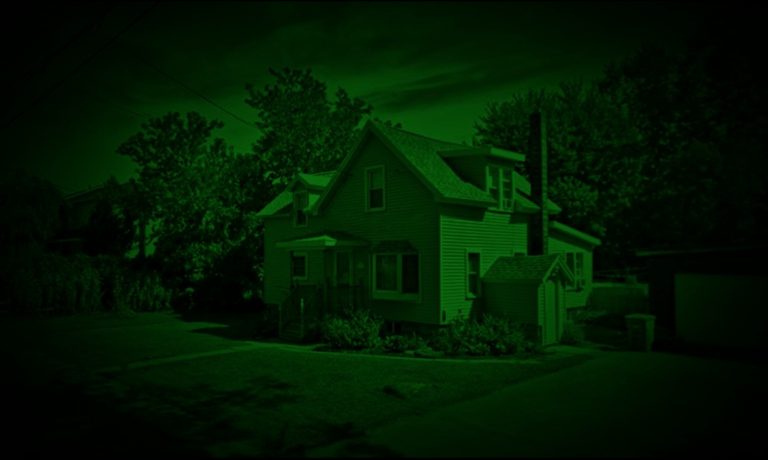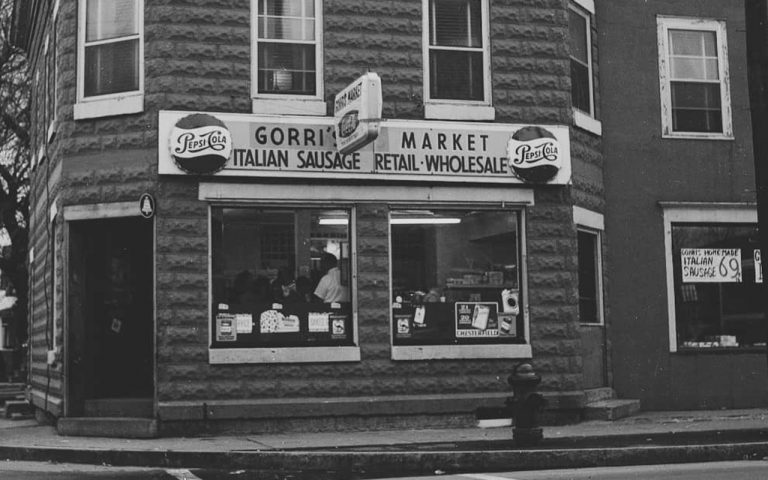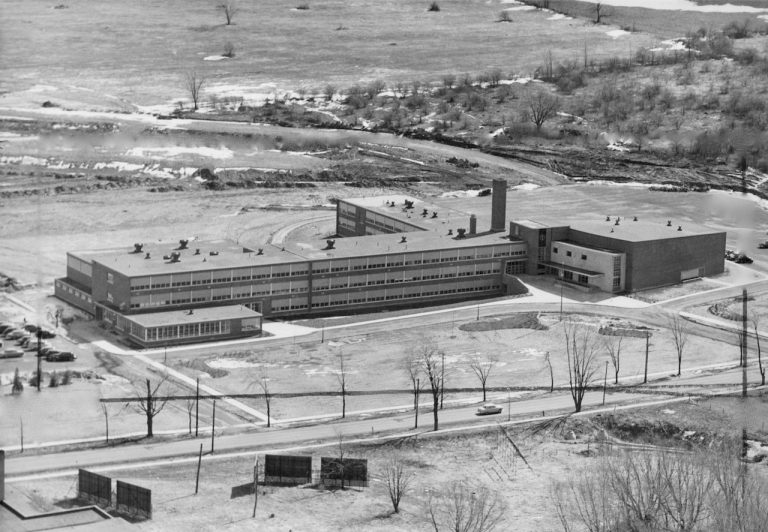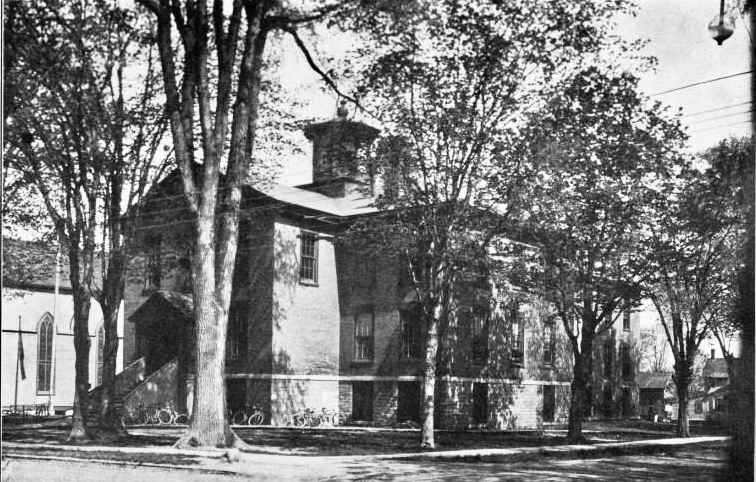Two Different Boon Street Schools, With Lots Of Additions Over The Years
The first Boon Street School, built in 1859, didn’t really stand much of a chance with regards to the growth the not-quite-yet City of Watertown would go through over the ensuing decades. By 1866, an addition was already needed and, according to the Northern New York Journal in July of that year, talk had already begun of replacing it.
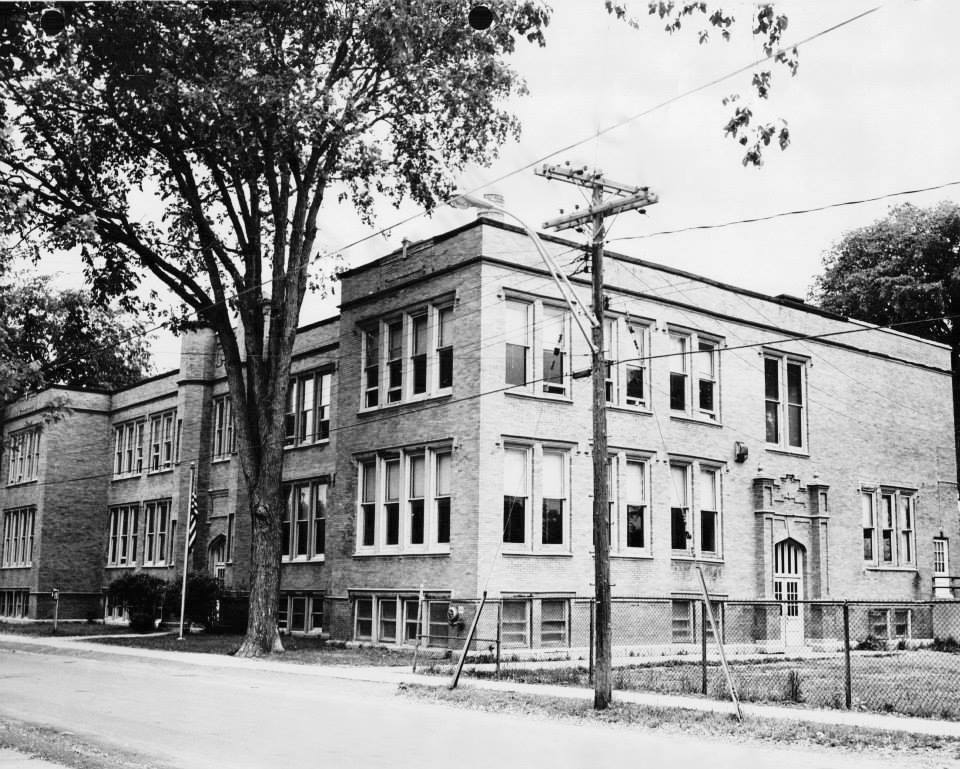
By 1873, The Watertown Daily Times was reporting a rather scathing assessment of the school–
Boon Street School
A one-story wooden building, with wing (added in 1866), erected in 1859. The lot is 60 feet front on Boon Street and 107 feet deep. There are 88 sittings in the building. The foundation of the building is insecure.
There are neither shade trees or water on the lot.
The necessity for more room, and the wretched condition of the building, demand the erection of a commodious school-house in this locality at an early day.
Unfortunately, it was an assessment that, despite the efforts, would be repeated throughout the school district with schools like Cooper, Arsenal and Bradley Street Schools faced with Watertown’s continuous growth: from 1870 to 1930, the city’s population would grow from 9,336 to 32,205.
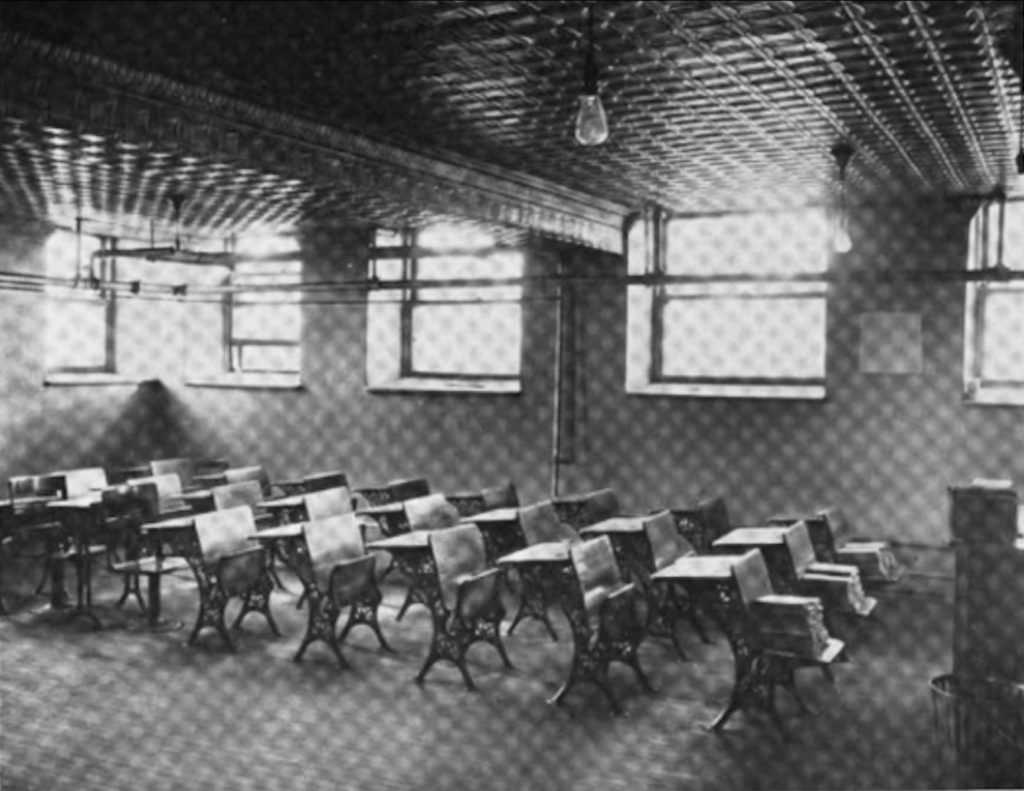
A year later after the new school was opened, the tune in the Daily Times changed–
The Boon Street School House
In company with Mr. York and Mr. W. W. Starkweather, we paid a visit to this new school building, Mr. York being one of the contractors who erected the building and Mr. Starkweather being the leading carpenter engaged in its construction.
Making a survey of the building externally, one is struck at once, by the general neatness and finish of the design, as well as by the careful and conscientious execution of it, which is apparent, at every point and in every particular.
The building is of brick and though the its foundations are in quick sand no cracks or seam can anywhere be seen its walls or base; but firmness and compactness in every part are striking features.
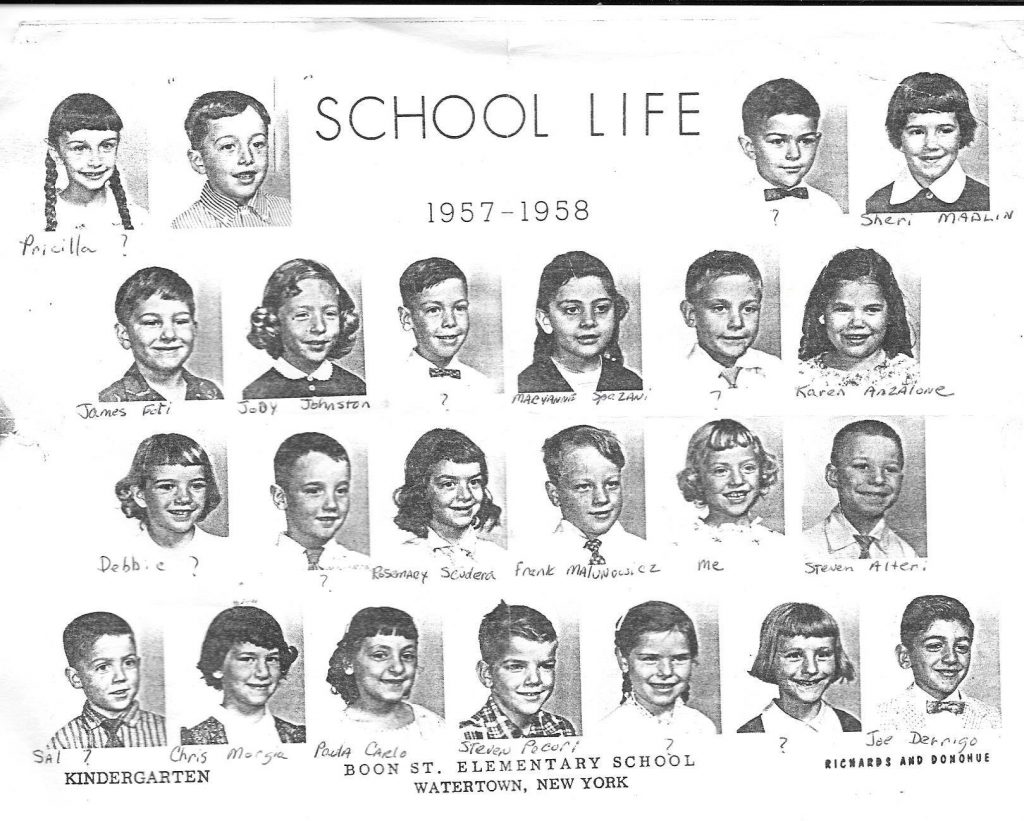
By 1899, talks of expansion occurred yet again with the board of education ordering them in June of the same year. John Hardiman was awarded the contract to build an 81 x 54 foot extension, comprised of two stories, a basement and an attic, for the price of $3,873. Hardiman, incidentally, would build seven of the city’s schools as well as City Hall, County Clerk’s Office amongst others before passing away at the age of 75 in 1919.
In a 1924 assessment performed by Columbia University, the Boon Street School was giving another round of criticism on several fronts as shown below:
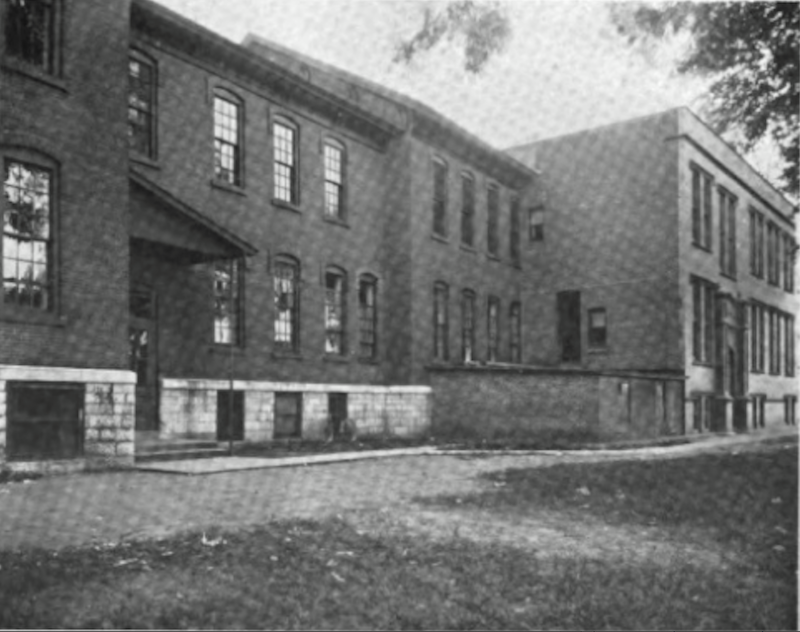
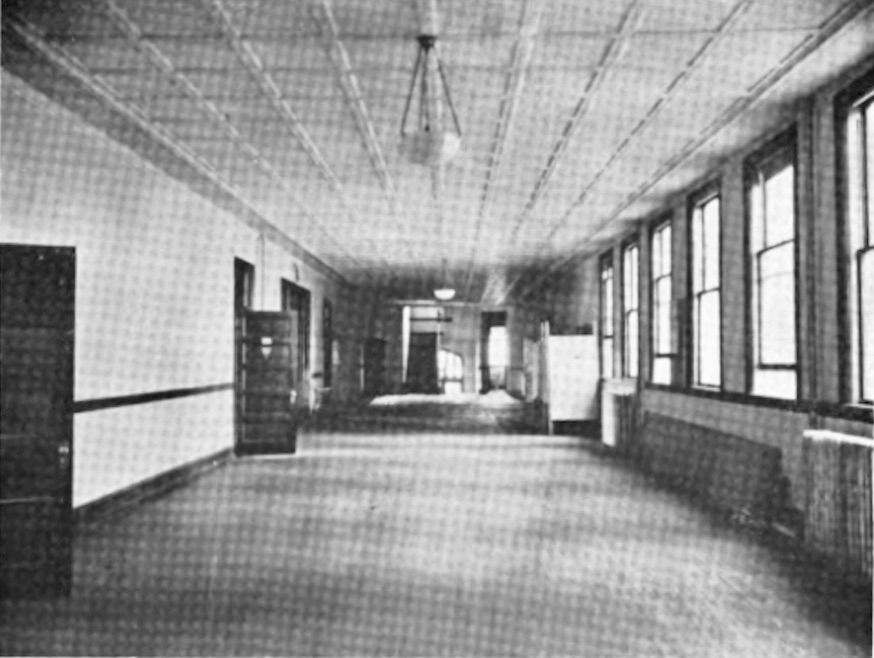
In 1929, the school would undergo another round of additions, this time $95,000 worth including a new auditorium, also used as a gymnasium, and eight new classrooms. As the City’s population leveled off over the next several decades, so did the growing pains.
By 1970, the writing was already on the wall for the Boon Street School as well as several others with the plans for and construction of Harold T. Wiley school which would consolidate a number of schools into one new building next to the Watertown High and South (later Case) Jr. High Schools.
After Wiley opened, the city school district had planned to abandoned Academy, Arsenal, Boon and State Street Schools, but some, such as State, were retained for a period of time housing the Board of Education offices temporarily.
